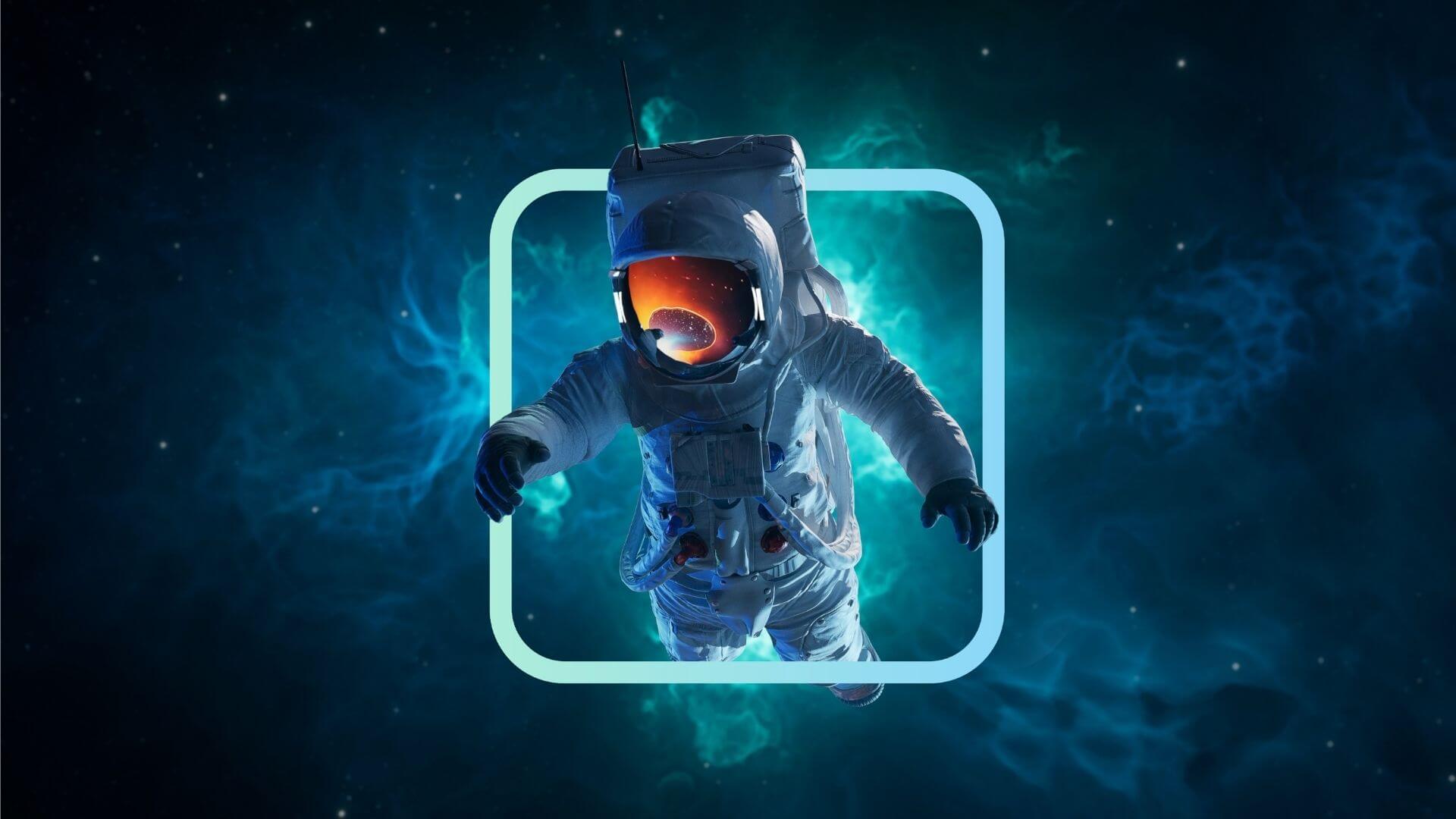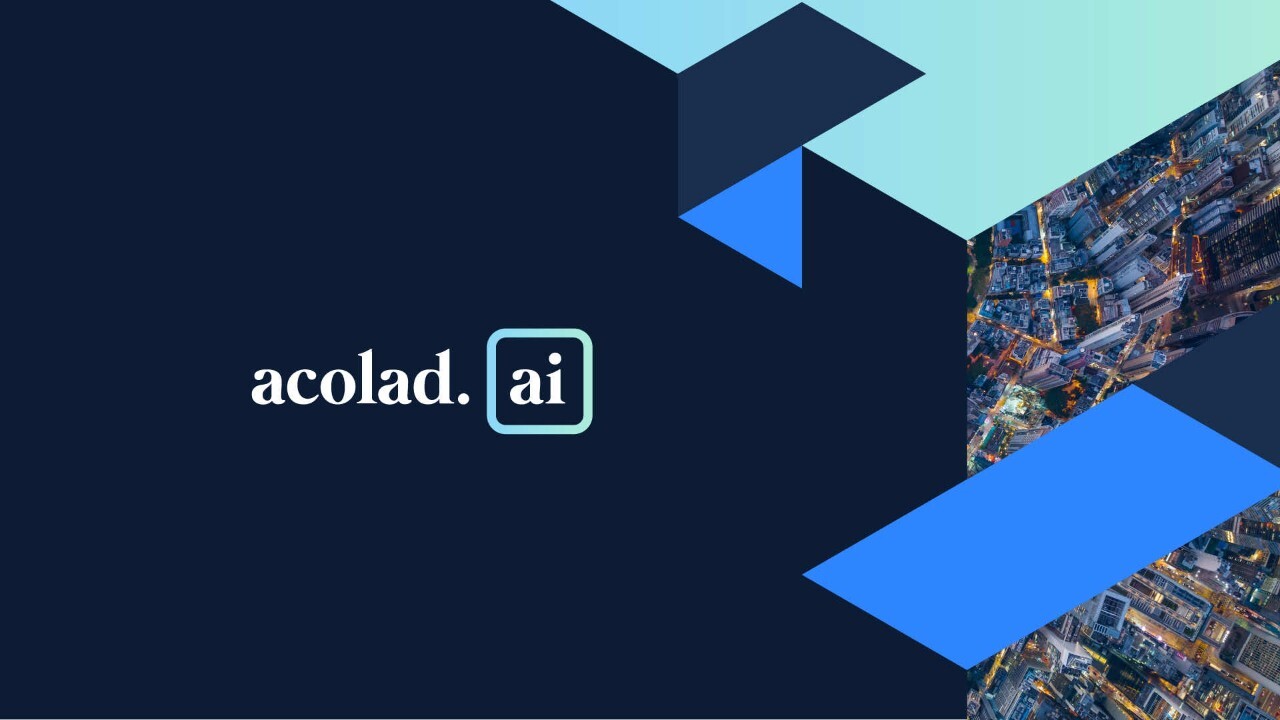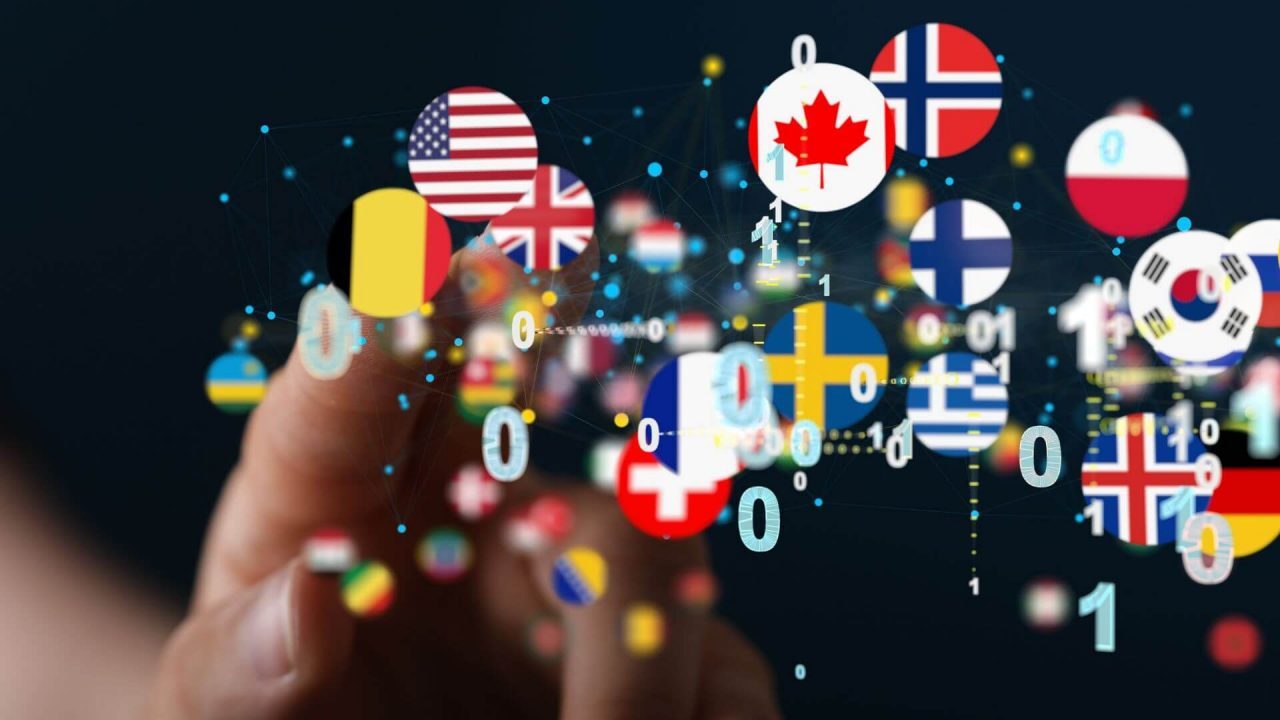Neural Machine Translation
A Breakthrough with Neural Networks
The development of Neural Machine Translation (NMT) in the decades after the millennium has arguably been revolutionary for the field. NMT employs artificial neural networks, a type of machine learning model inspired by the human brain, to analyze and understand the meaning of sentences. By capturing contextual relationships and long-range dependencies, NMT generates translations that are considerably more accurate than previous statistical approaches. Most people are familiar with Google Translate or Acolad Partner DeepL – and these are the types of tools that use NMT.
Acolad’s Role in NMT Innovation
Acolad is proud to say it has played a part in pushing forward the development on NMT technology. We've been developing and maintaingin our specialist MT engines ever since the technology started making a splash well over a decade ago, and have pioneered the technology through a collaboration with the German Research Centre for Artificial Intelligence (DFKI). Open-source frameworks are an important way of allowing a collaborative approach to developing new technologies, and we played a strong role in contributing to an open-source NMT framework.
AI and MT – The Future?
Enter Generative AI
With the rise of generative AI, thrust into the public spotlight with the public launch of ChatGPT in November 2022, we’re entering a new era of automated translations. While NMT and Gen AI are certainly adjacent technologies – language modeling is a crucial aspect of both – there are some key differences. NMT uses neural networks to learn patterns in language data, translating the text based on statistical probability. Generative AI, however, uses large language models to generate translations based on learned patterns and contextual understanding.
While MT still has its benefits for many translation tasks, especially when it comes to processing content at scale with mature engines - it seems that more and more businesses are seeking to harness AI at some stage of their content creation and localization pipeline, whether that's for translation, quality evaluation, automated post-editing, or more.
Slator's 2025 Language Industry Market Report shows that 54% of Language Service Integrators have already implemented AI or LLMs into their business workflows, compared to just a third in 2024 - adoption is growing fast.
Human + AI The Path to Scalable Quality
For now, using AI to optimize translations is already proving effective and cost-efficient, and combined with a human in the loop to act as an expert prompt engineer or post editor can deliver quality content. To that end, many language service providers have developed AI platforms or suites in an effort to combine the benefits of AI productivity with human expertise. Our own Lia platform is at the forefront of developing these capabilities to drive excellence and efficiency for multilingual content.
That said, all this tech development is impossible without the human expertise to provide quality prompting, linguistic expertise for post-editing, and the know-how for seamlessly integrating tech with businesses’ existing content workflows.
Scaling Innovation Through Human and Tech Collaboration
Our dedicated Acolad teams continues to push forward our efforts in this area, their groundbreaking work enabling us to develop innovative ways to effectively blend human, MT, and AI capabilities, to ensure that the groundbreaking new AI technology can be effectively implemented at scale for major businesses worldwide.
So as we celebrate 30 years at the forefront of language technology, here's to the next 30!










